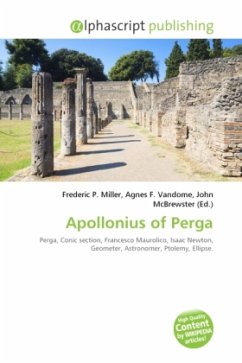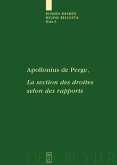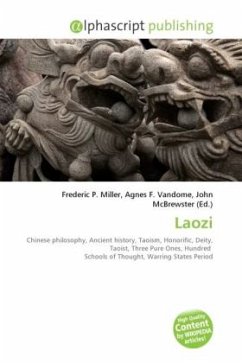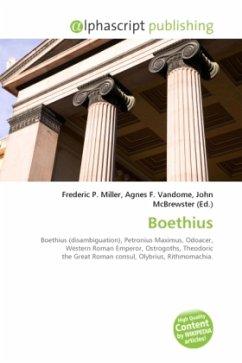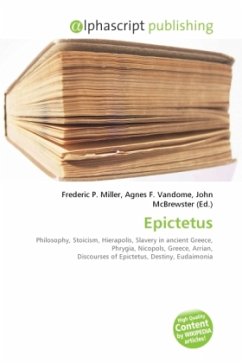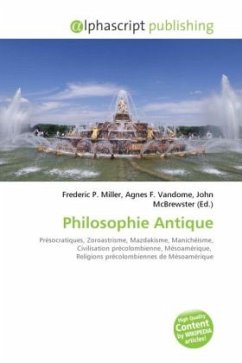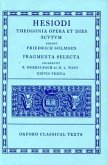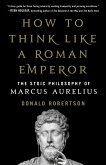High Quality Content by WIKIPEDIA articles! Apollonius of Perga [Pergaeus] (Ancient Greek:)(ca. 262 BC ca. 190 BC) was a Greek geometer and astronomer noted for his writings on conic sections. His innovative methodology and terminology, especially in the field of conics, influenced many later scholars including Ptolemy, Francesco Maurolico, Isaac Newton, and René Descartes. It was Apollonius who gave the ellipse, the parabola, and the hyperbola the names by which we know them. The hypothesis of eccentric orbits, or equivalently, deferent and epicycles, to explain the apparent motion of the planets and the varying speed of the Moon, are also attributed to him. Apollonius' theorem demonstrates that the two models are equivalent given the right parameters. Ptolemy describes this theorem in the Almagest XII.1. Apollonius also researched the lunar theory, for which he is said to have been called Epsilon . The crater Apollonius on the Moon is named in his honor.
Bitte wählen Sie Ihr Anliegen aus.
Rechnungen
Retourenschein anfordern
Bestellstatus
Storno

